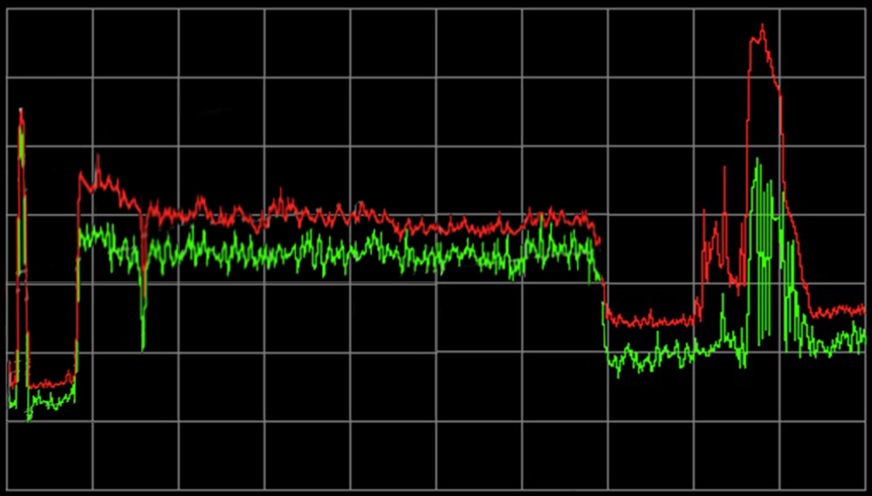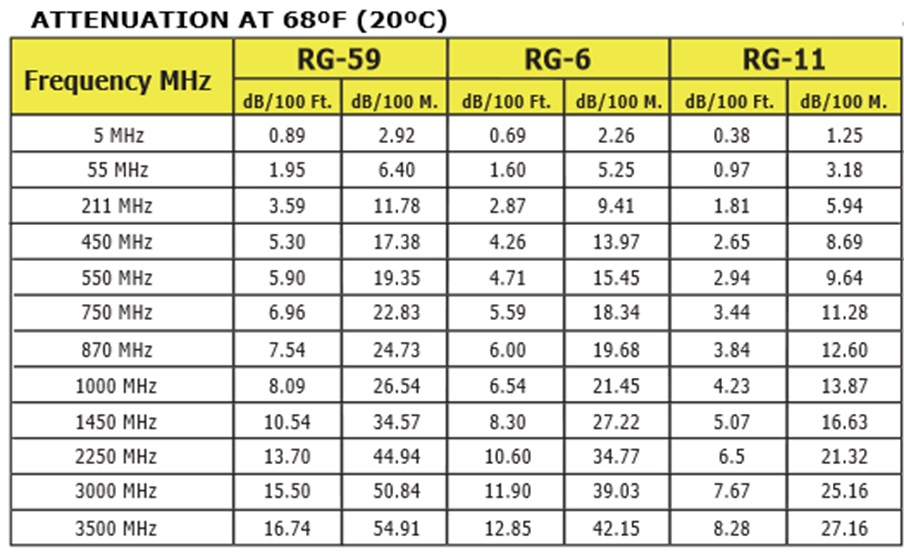AccessPON
The AccessPON Controller transponder is a modular system designed to reduce the cost of providing Cable/Satellite TV and high-speed Ethernet/IP services during a system upgrade to Fiber Deep optics by utilizing the existing coaxial drop cable.
Data service in the form of Ethernet / IP and conventional HFC overlay is transported through PON fiber optic deployment to the residents’ connection point, via an aerial or pedestal mount service.
At this point, the signals are converted from PON to Ethernet and, if HFC signals are present, from RFoG to RF. The Ethernet signals are then converted to MoCA bonded channel modulation, combined with HFC if present, and launched into the subscriber coax. These signals are then received by the MoCA 2.5 Controller unit, giving the subscriber access to 5 MHz to 1.2 GHz HFC service and 1.2 Ghz to 1.6 GHz data service, yielding 2.5 Gbps data speed at this time.
AccessPON Controller transponder can support up to 10 Gbps aggregated Ethernet data speed over four (4) coaxial output interfaces, which can satisfy the latest GPON 2.5 or 10G-EPON or XG-PON2 deployment. This system is MoCA Intranet (LAN) blocked to allow compatibility with existing MoCA network in the home while providing MoCA Internet (WAN) access service simultaneously.
System powering can be provided from commercial power supply, from HFC coaxial cable, from MDU basement, or from another external power source to the remote AccessPON Controller transponder in the pole, pedestal, or wiring closet. Casting with modular design to host multiple AccessPON Controller transponders is also available.
The ROI is realized initially by using the existing coaxial drop instead of burying or laying fibers to the home. Future ROI can be realized by using the same AccessPON devices when PON infrastructure is upgraded with faster aggregation data pipe (e.g. GPON 2.5, 10G-EPON, XG-PON1/XG-PON2). Operating costs are reduced by the facts that the electronics needed for service are not installed until activation. The bandwidth and traffic policing can be remotely configured in runtime for billing.
When a new customer is added, simply connect the subscriber drop, and install the MoCA device in the home to activate. This system can easily be operated in parallel with the existing HFC network and switched over to PON-based FTTH whenever needed.
With its lightweight, rugged design, and easy integration to your existing system, the AccessPON solution is the most cost-effective data transponder for signal conversion needs.


